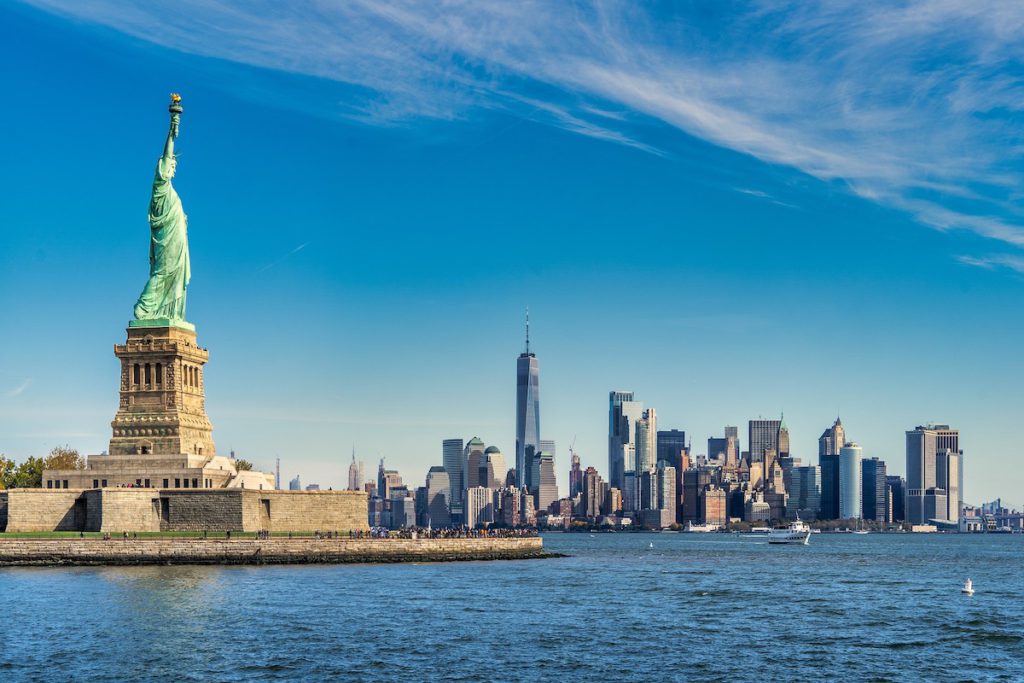The 2020 pandemic showed just how big the gap in American politics is compared to other countries. However, the partisan gaps observed here on the issue of global warming are unremarkable in that they are huge in the context of contemporary American politics.
The 26-29 percentage point partisan gap in global warming is at the bottom of that policy spectrum, with a similar level of bipartisan support to support Medicaid spending and more bipartisan support than we see for access to abortion and repair services for black Americans. This divergence over a wide range of personal issues and choices is rooted in an ongoing political realignment that has divided parties more sharply than ever along demographic and geographic lines and has created two political coalitions with opposing views on social and economic foundations.
In Norway and Sweden, the gap between political parties was huge in the 1980s but smaller in the 1910s.
Many, if not most, Americans yearn for relief from a volatile and divisive political climate that has grown steadily more tense in recent years, beginning even before the election of Donald Trump.
The American people have taken their fair share of blows over the past few years, from the coronavirus pandemic and subsequent economic downturn to increasingly fragmented countries in politics and growing polarization in much of society.
Good intentions on the part of American leaders and ourselves face severe obstacles in a political system that reinforces the bipartisan political battlefield at almost every level. The sharp divisions in the country are so painful that it is tempting to blame it on the elites: the media, which is believed to promote conflict to make money, and political leaders who are trying to energise followers by demonising the opposition and refusing to compromise.
